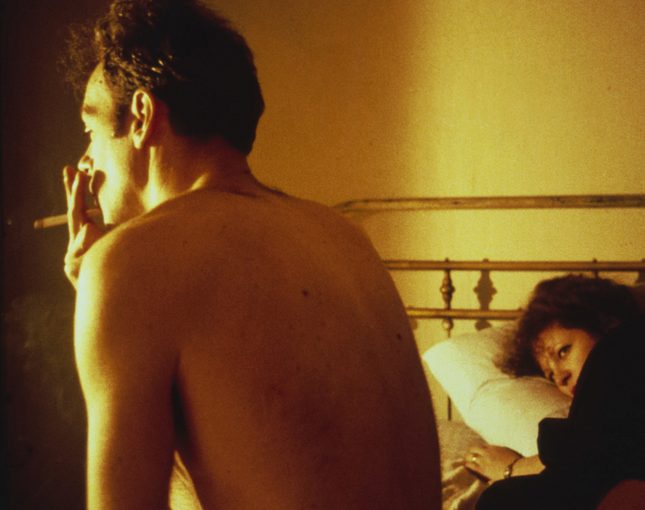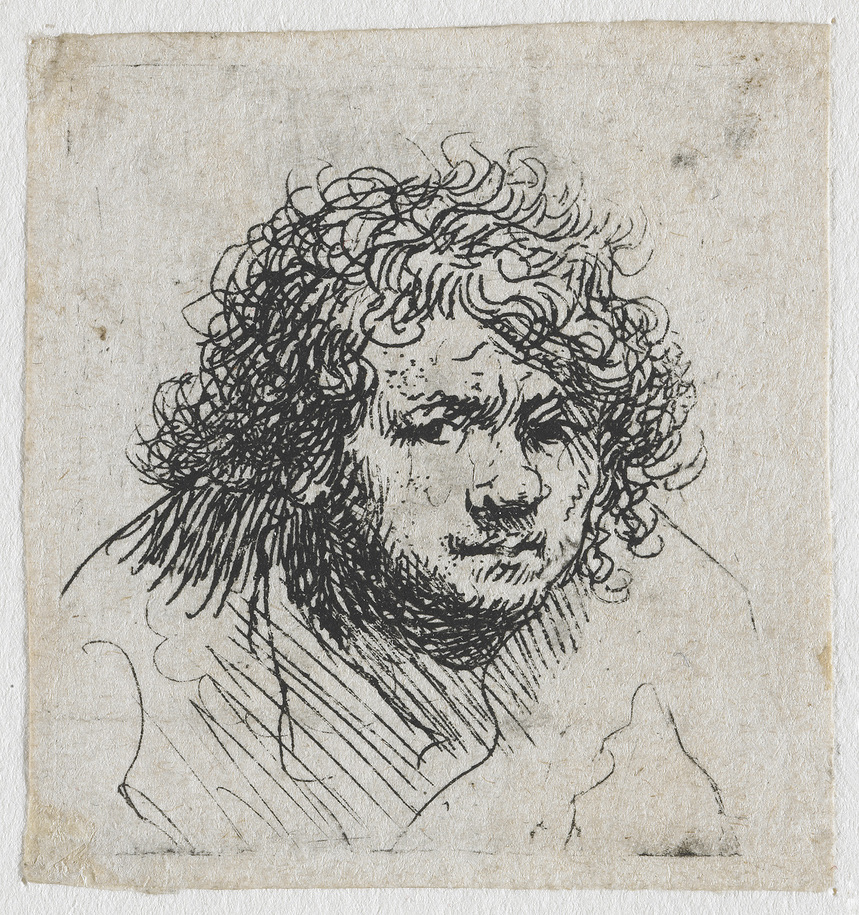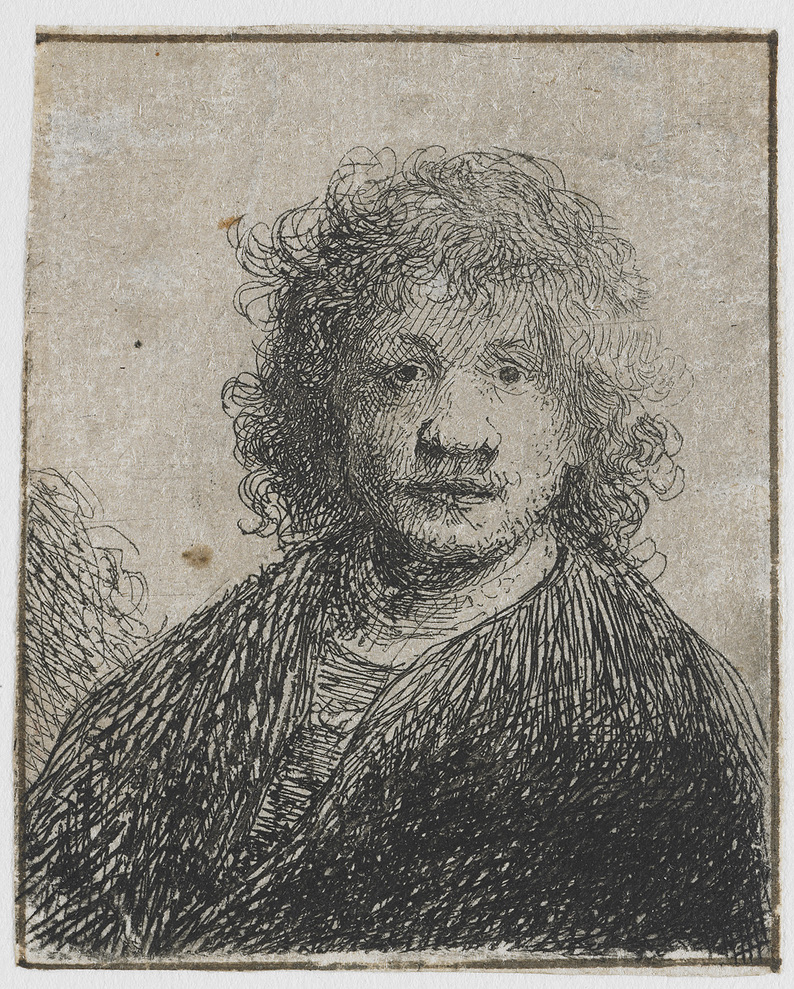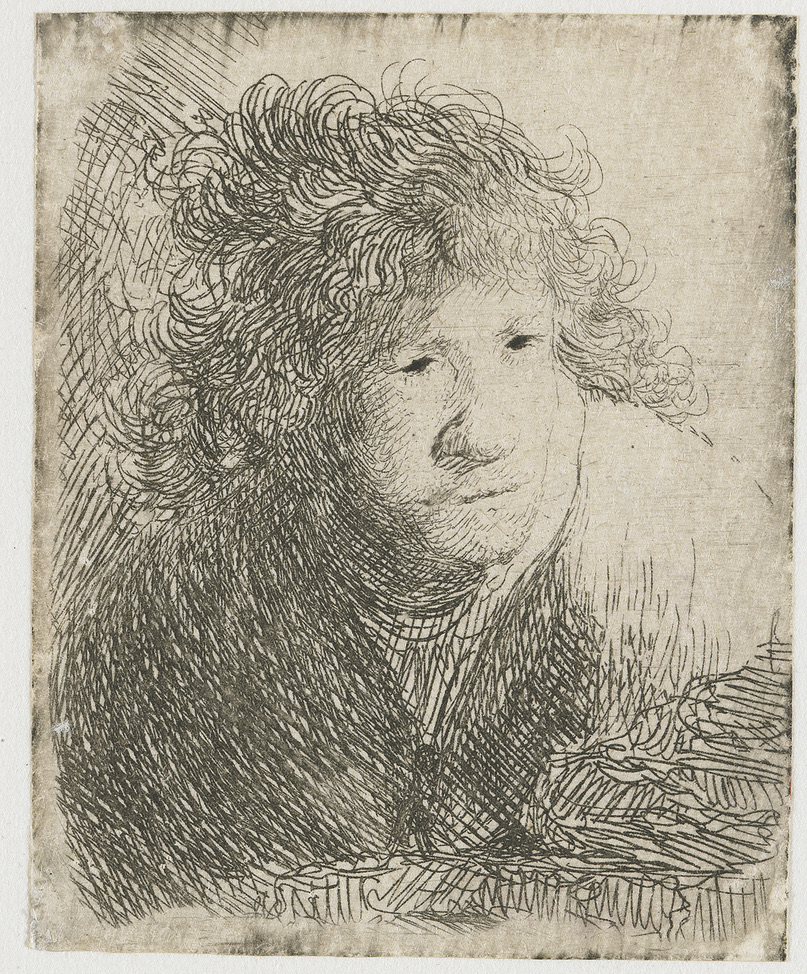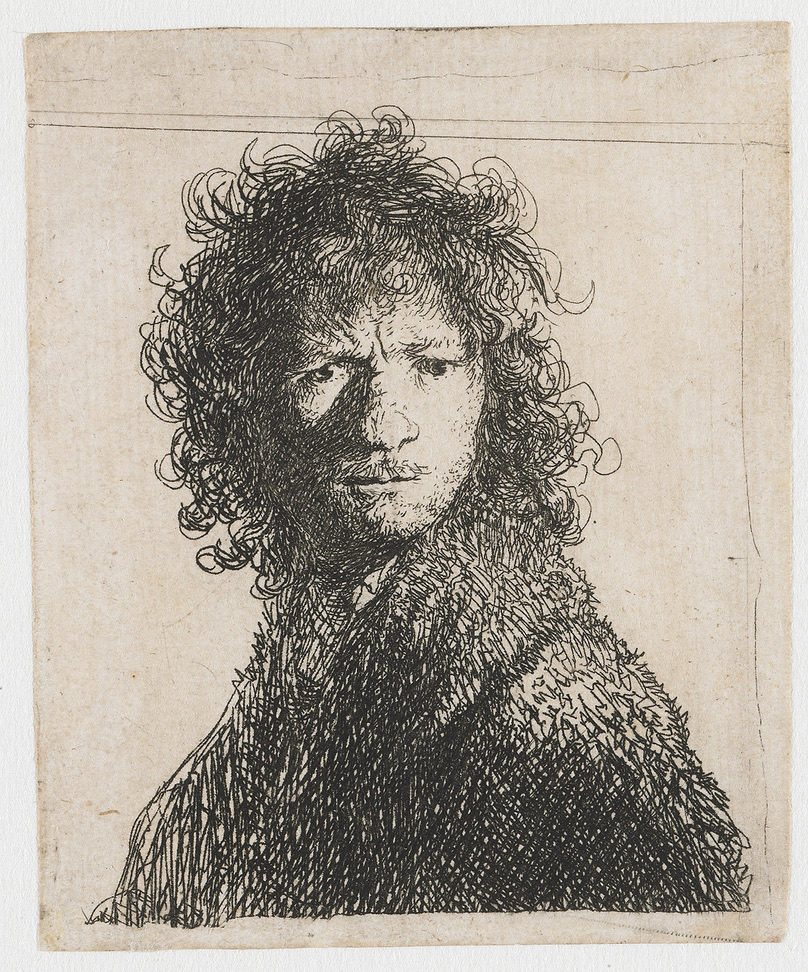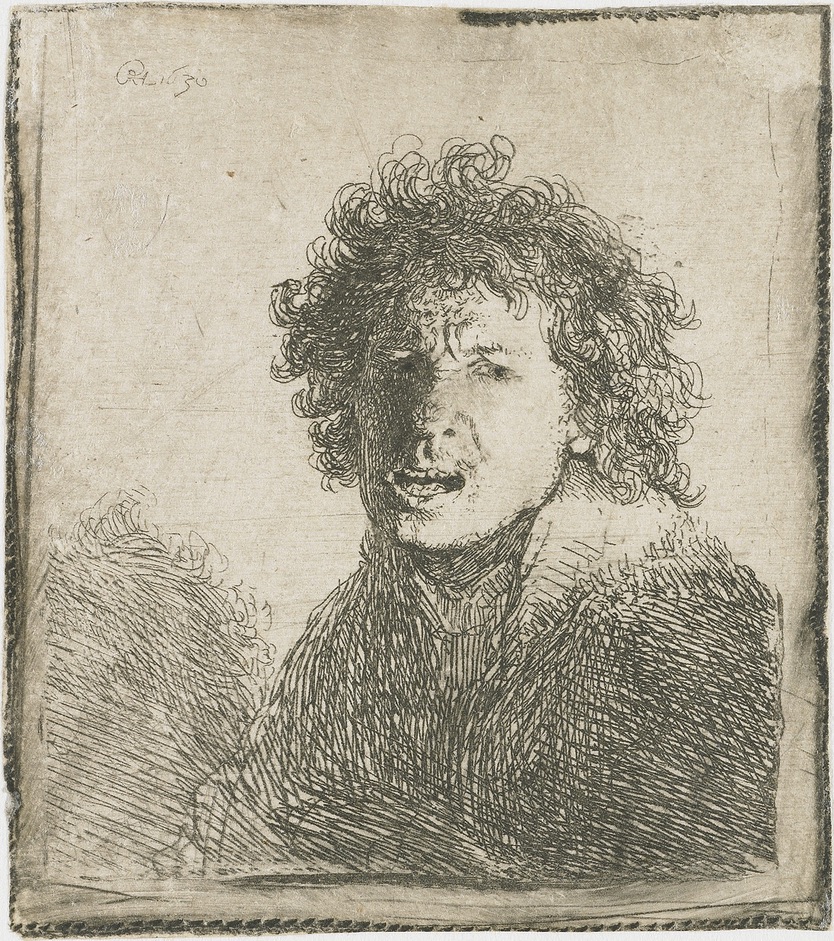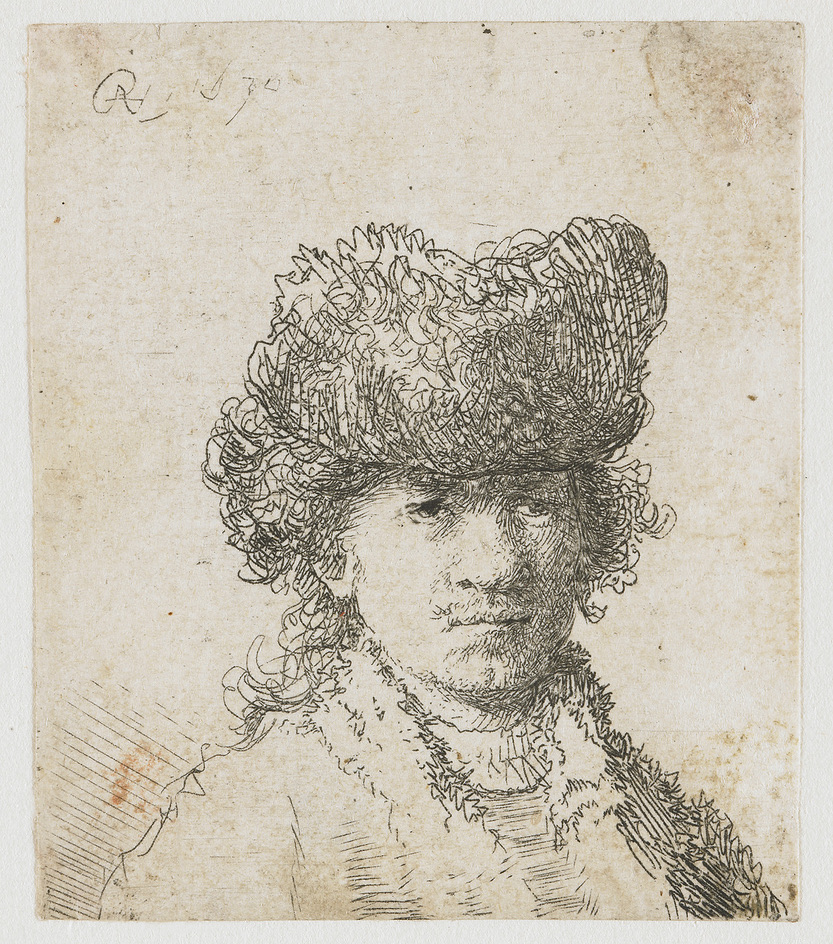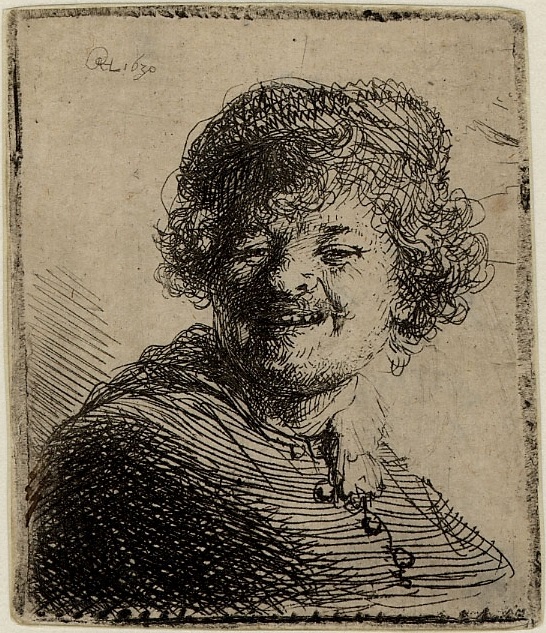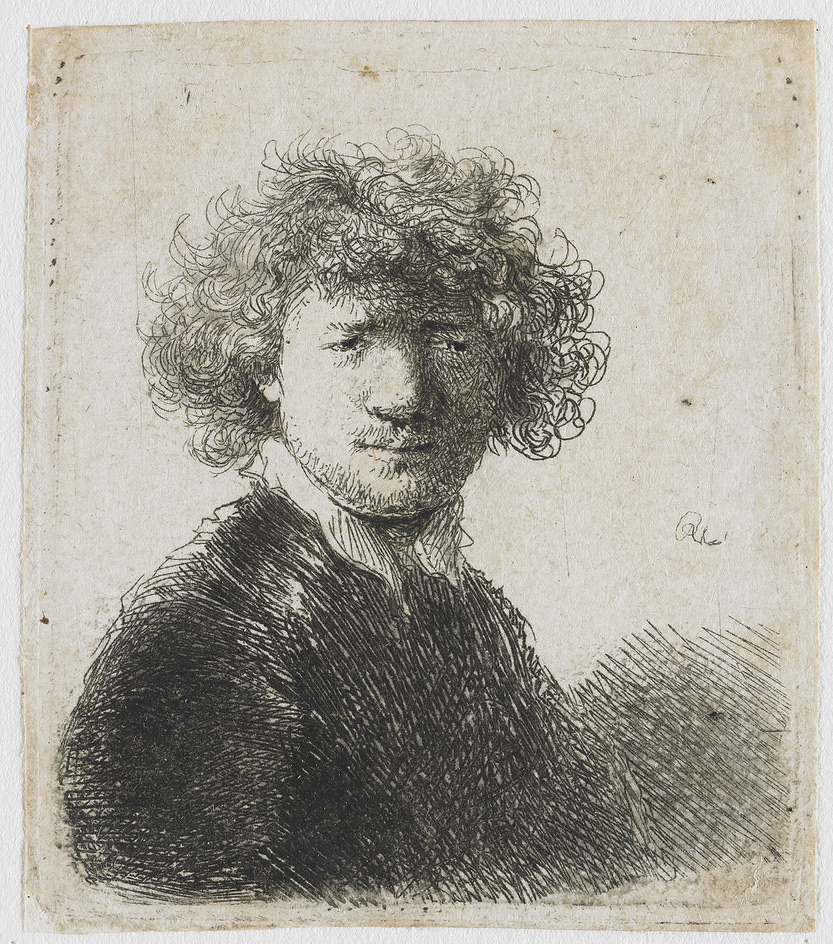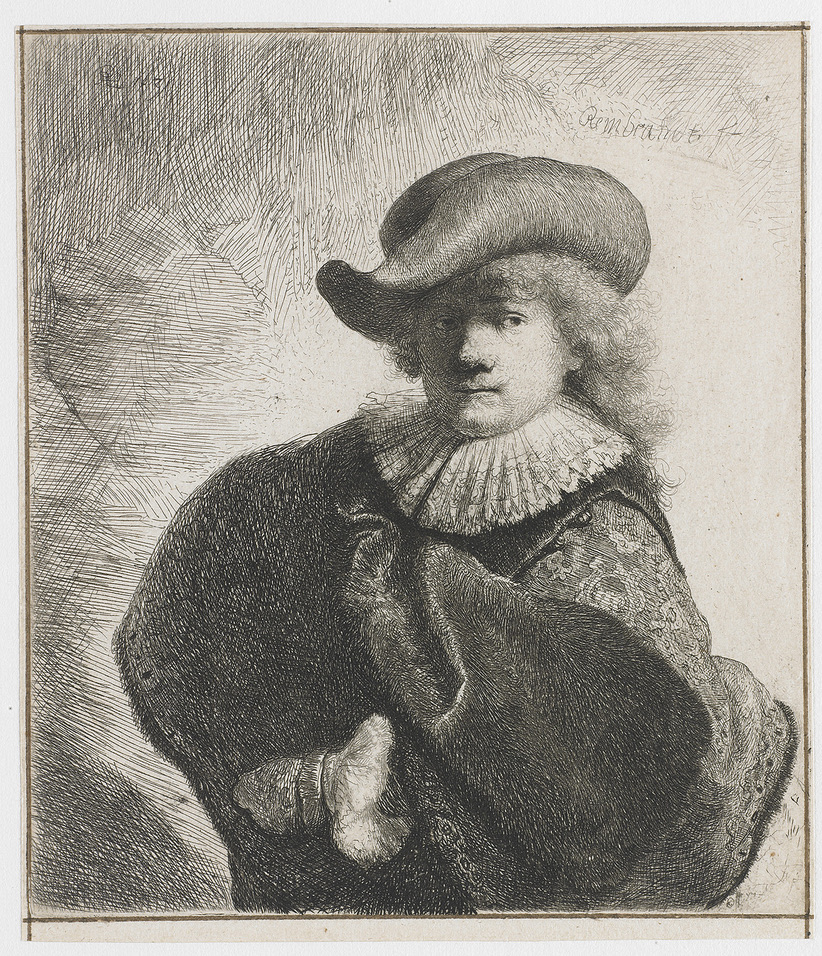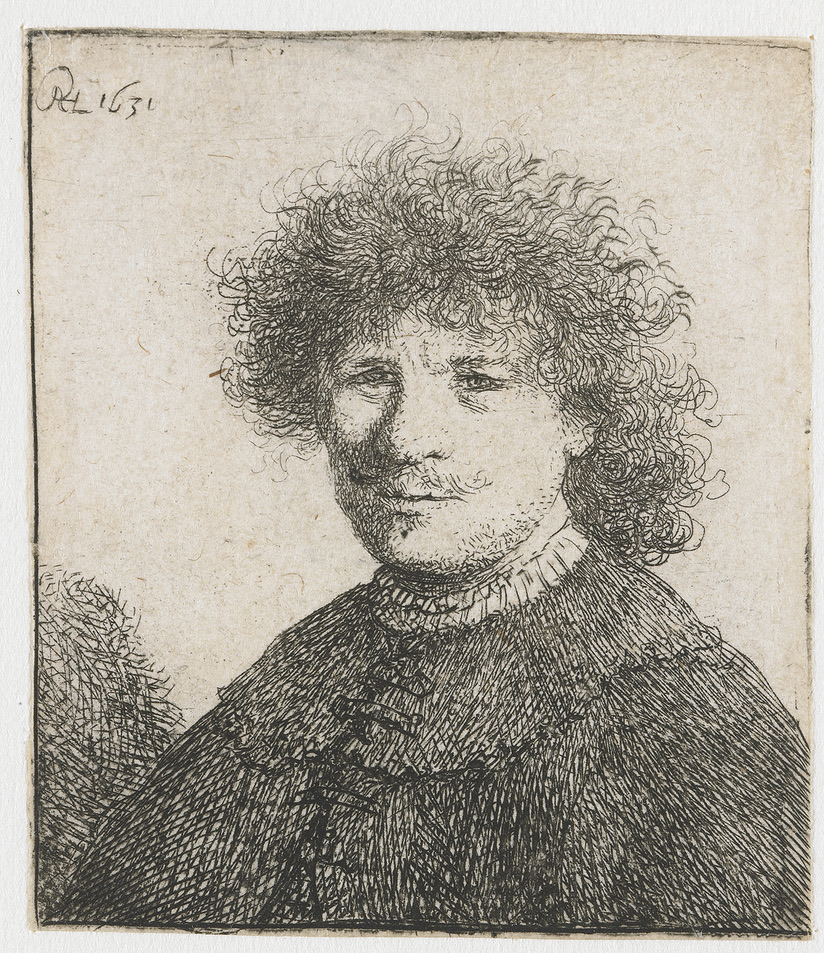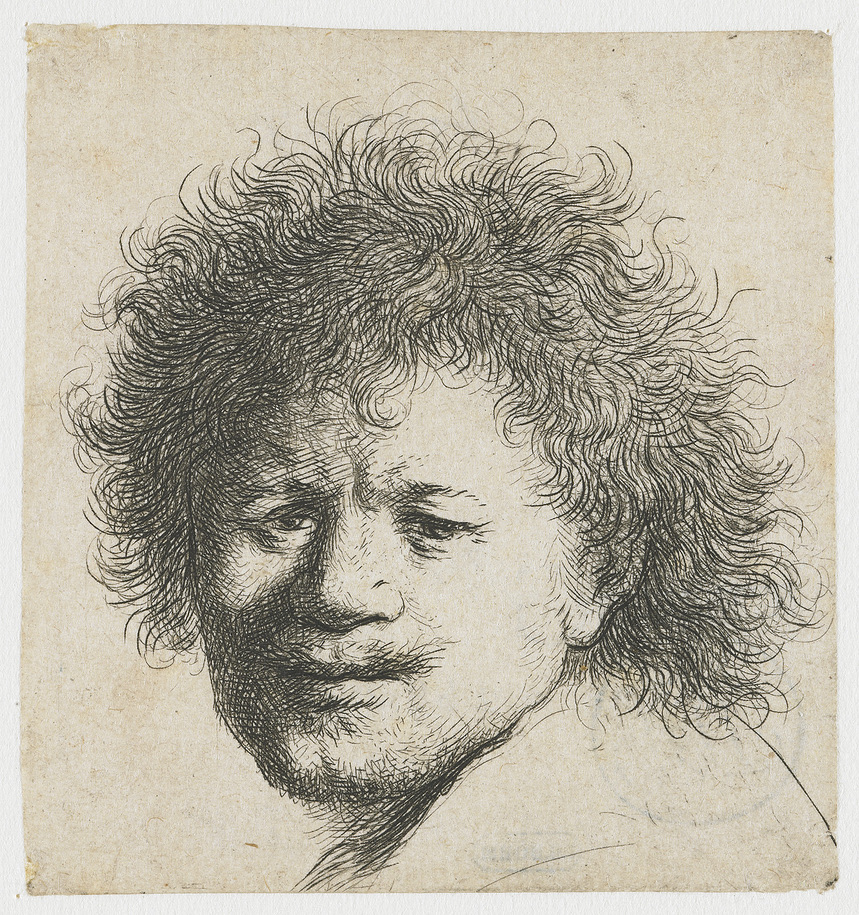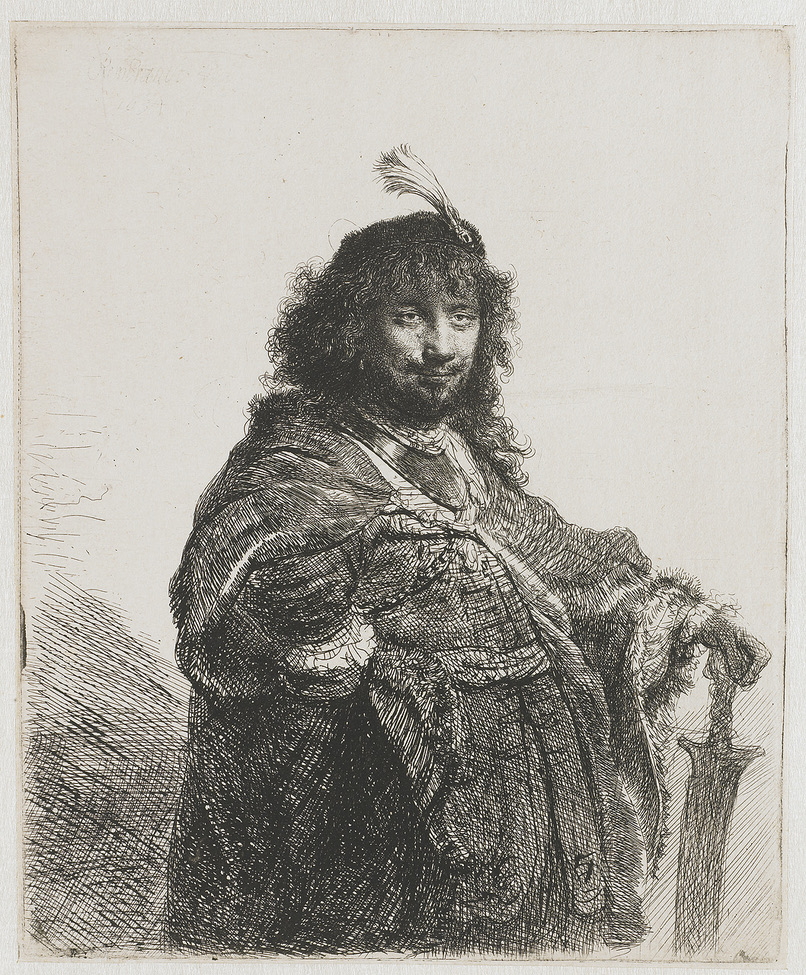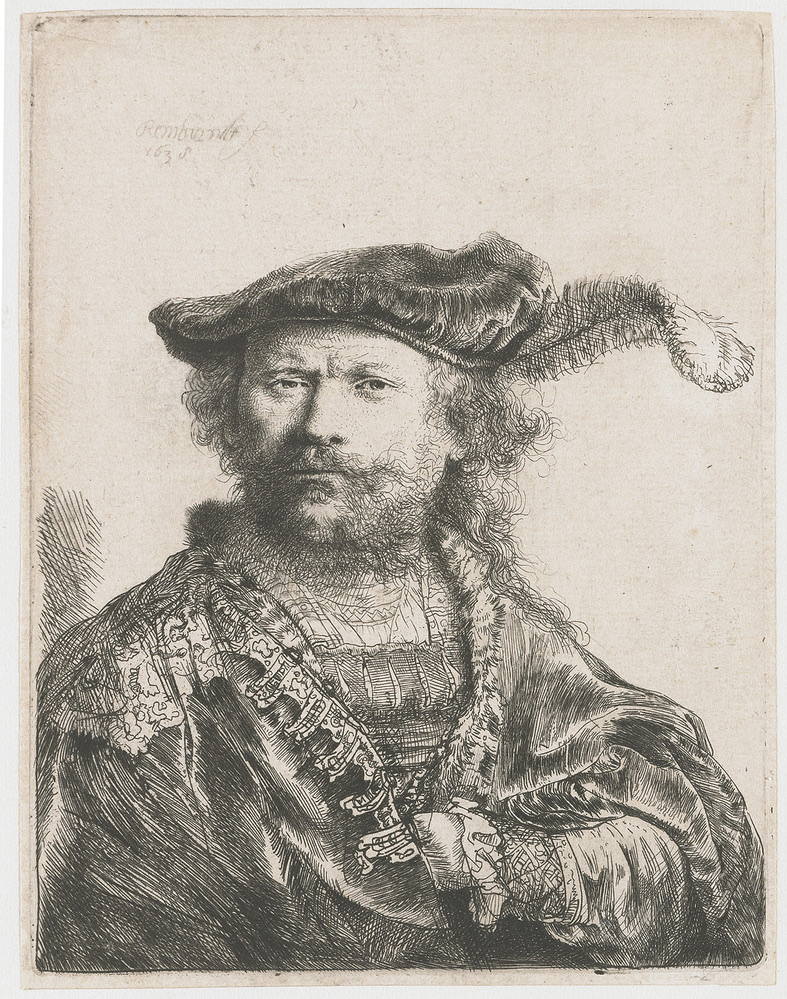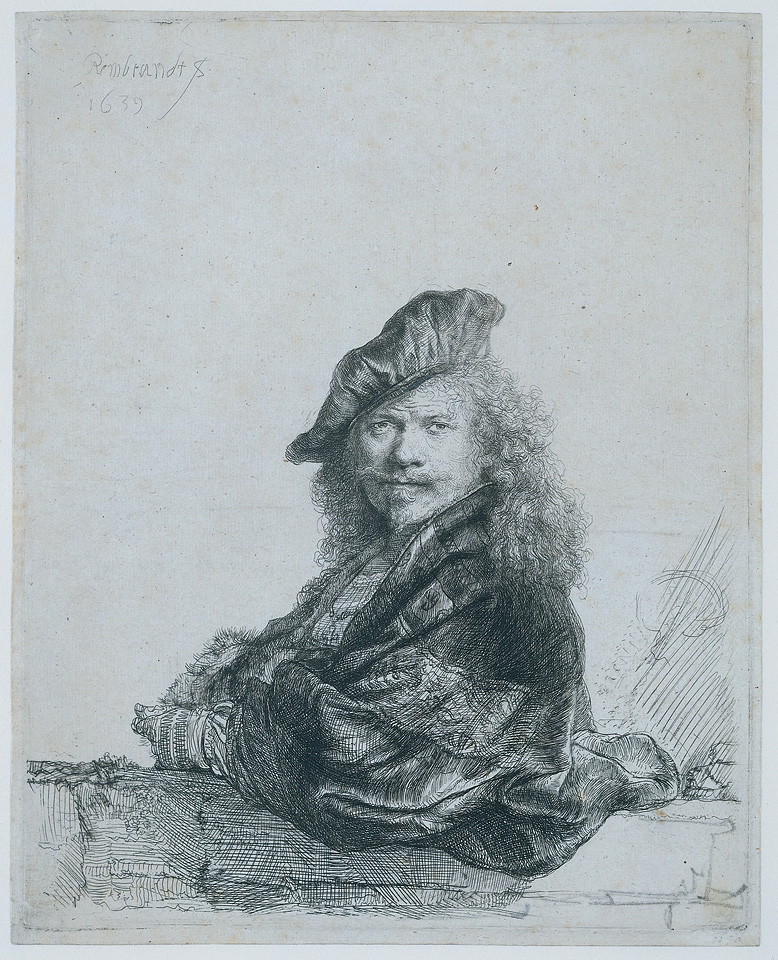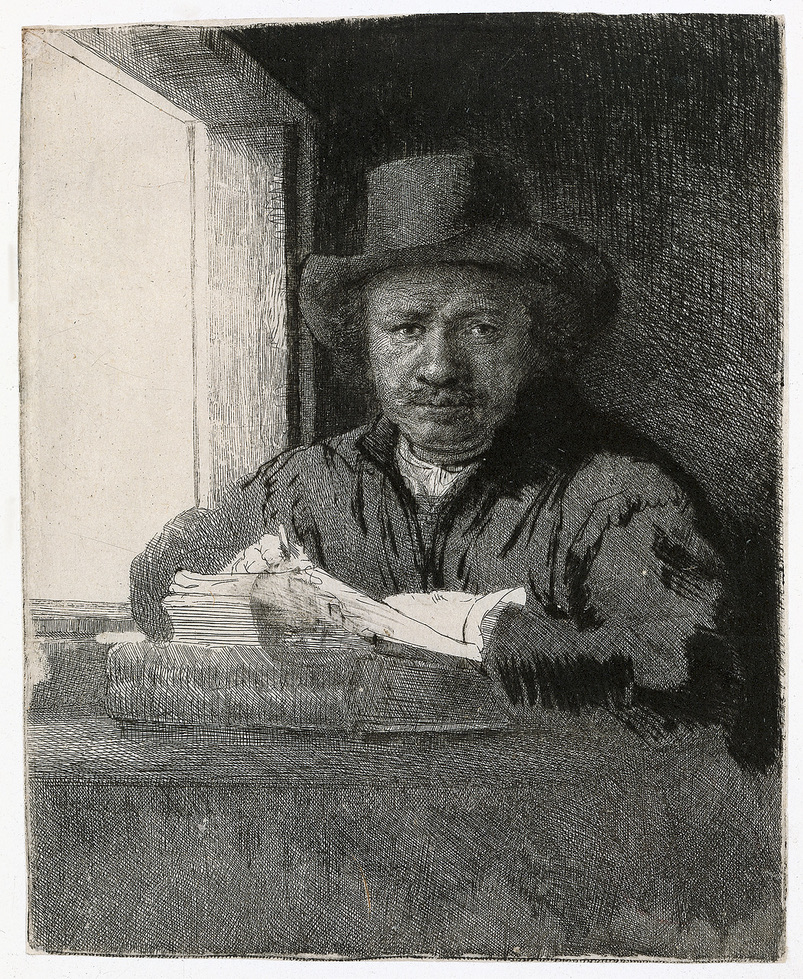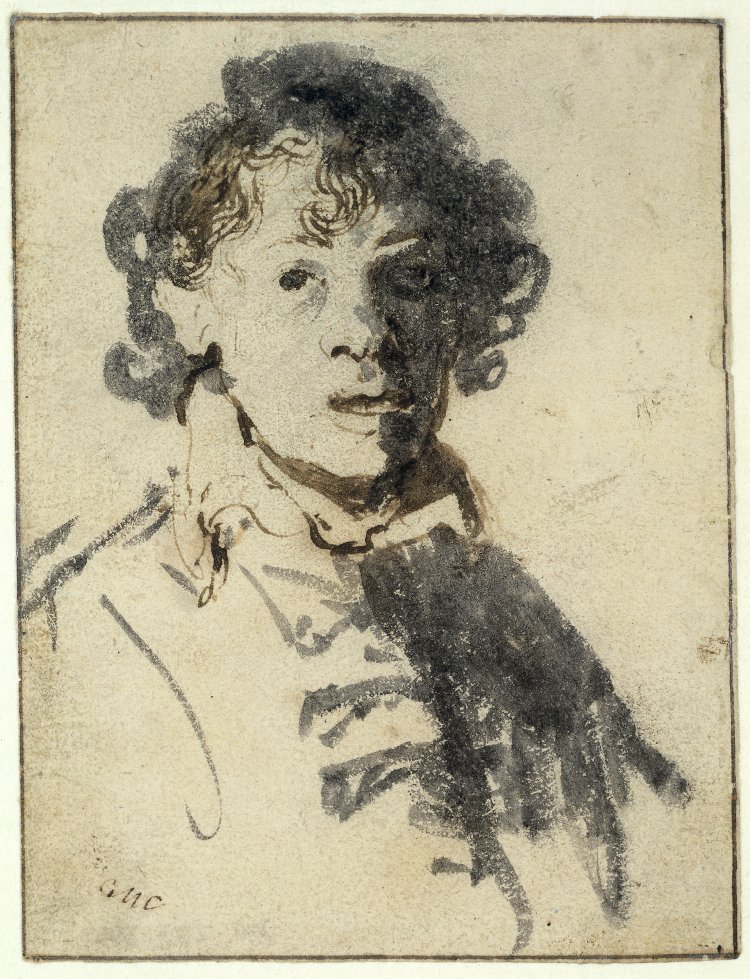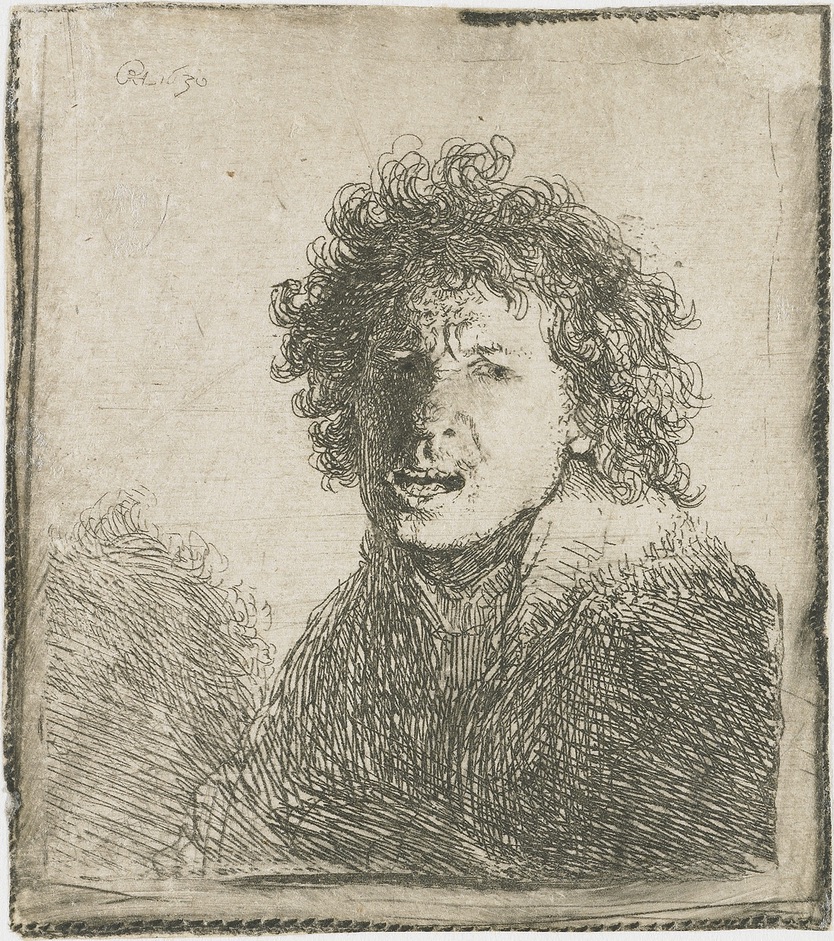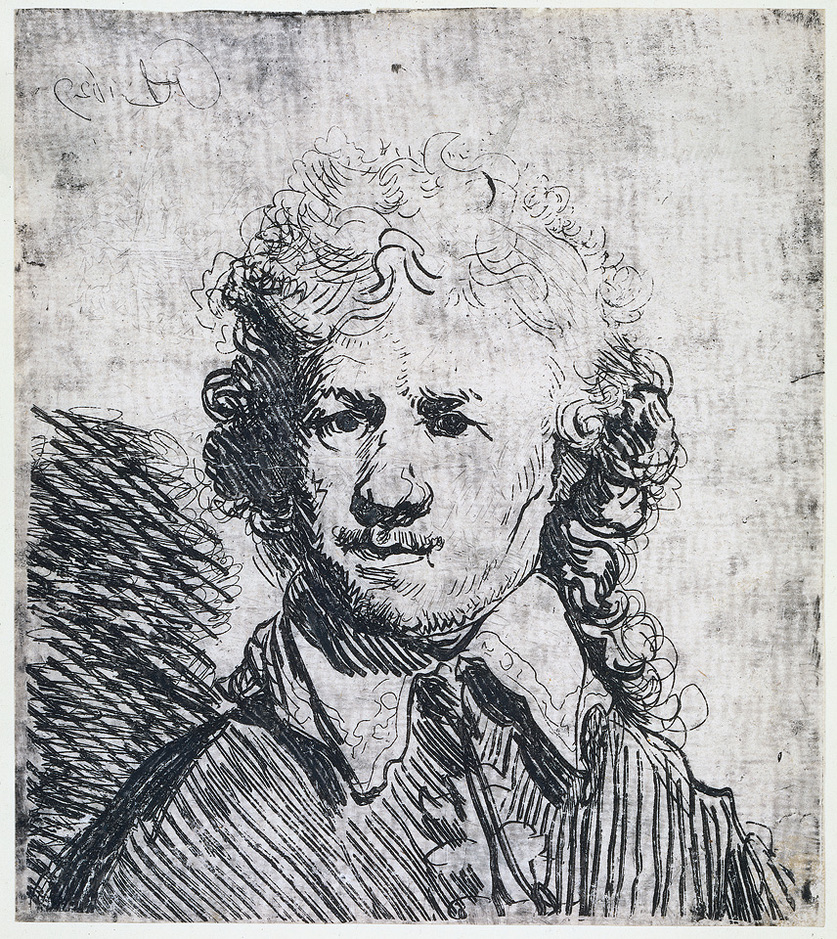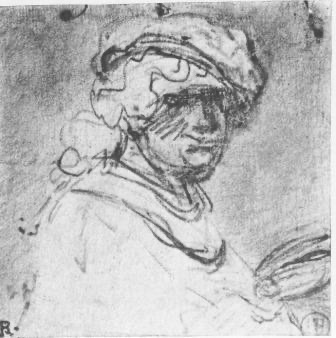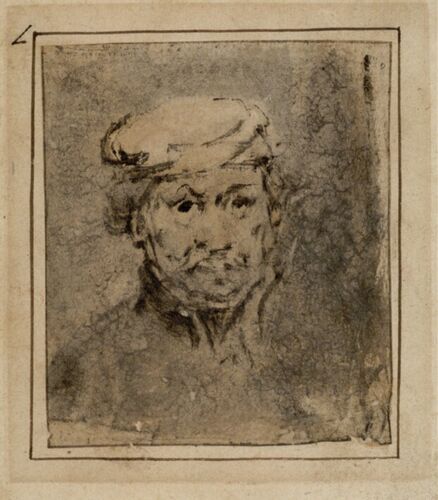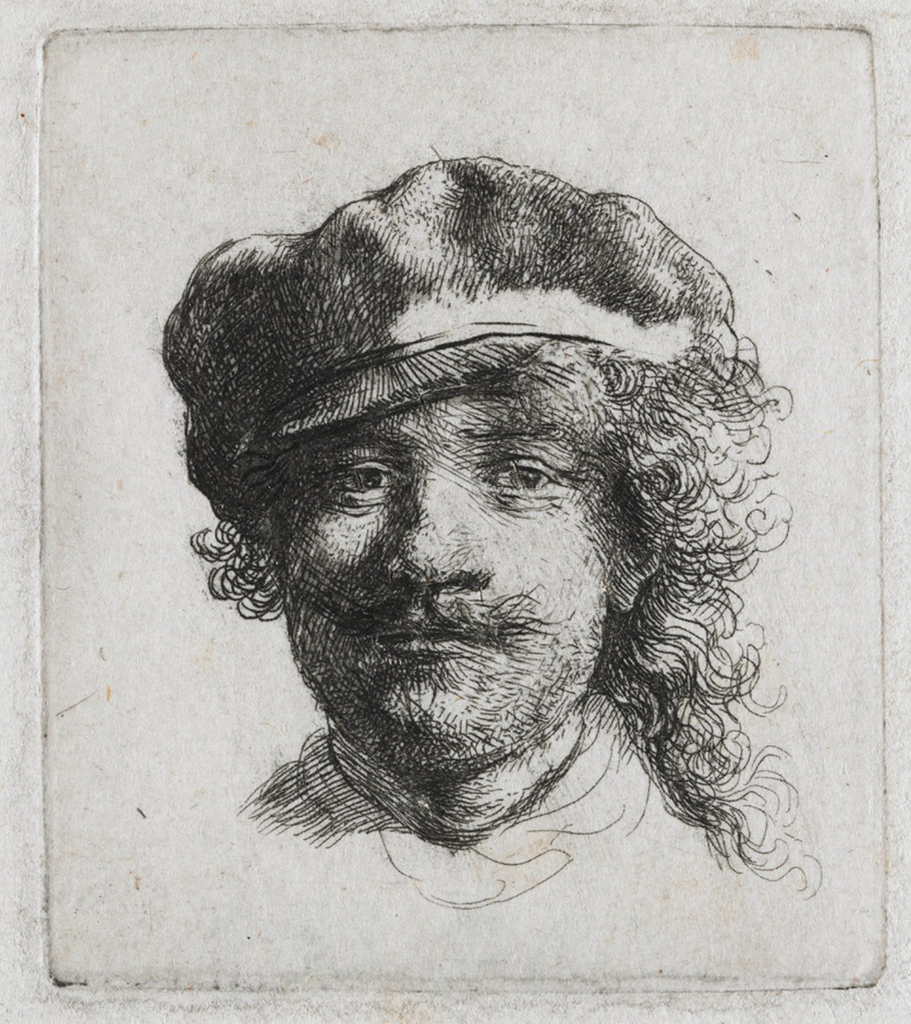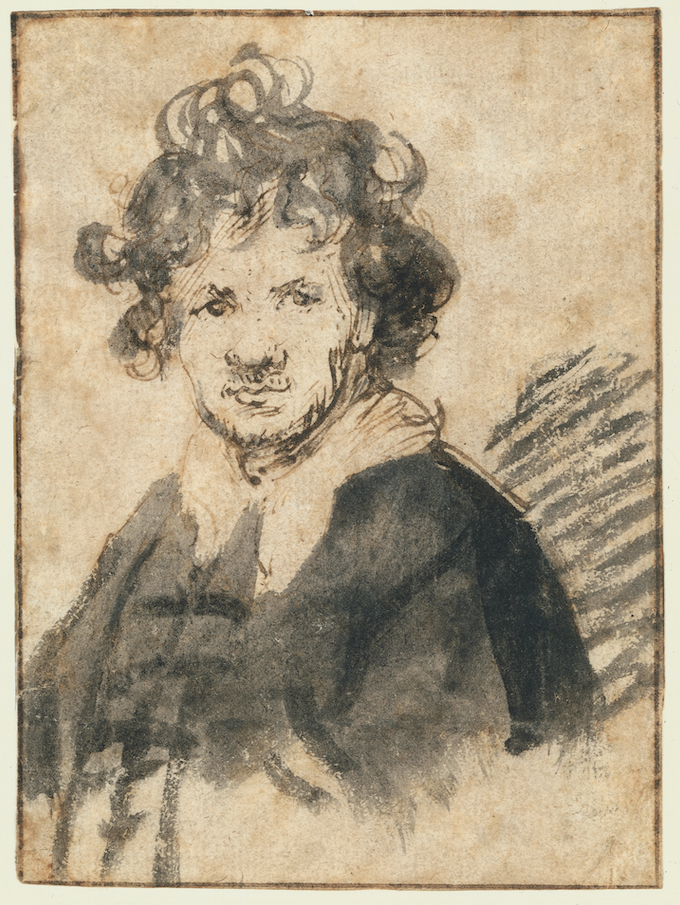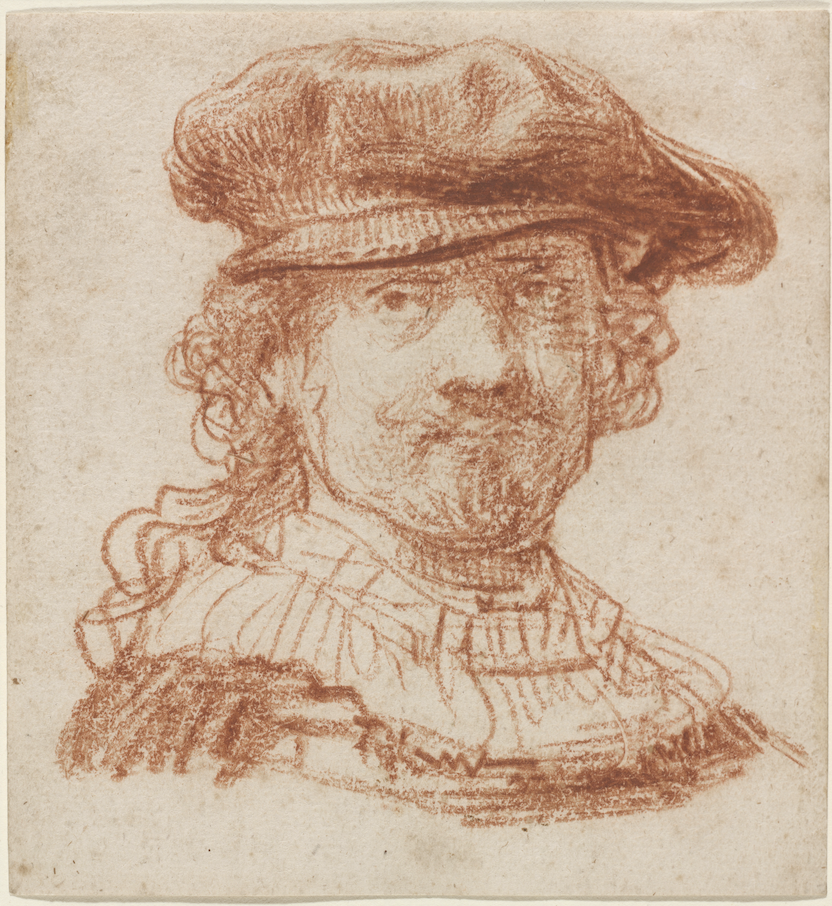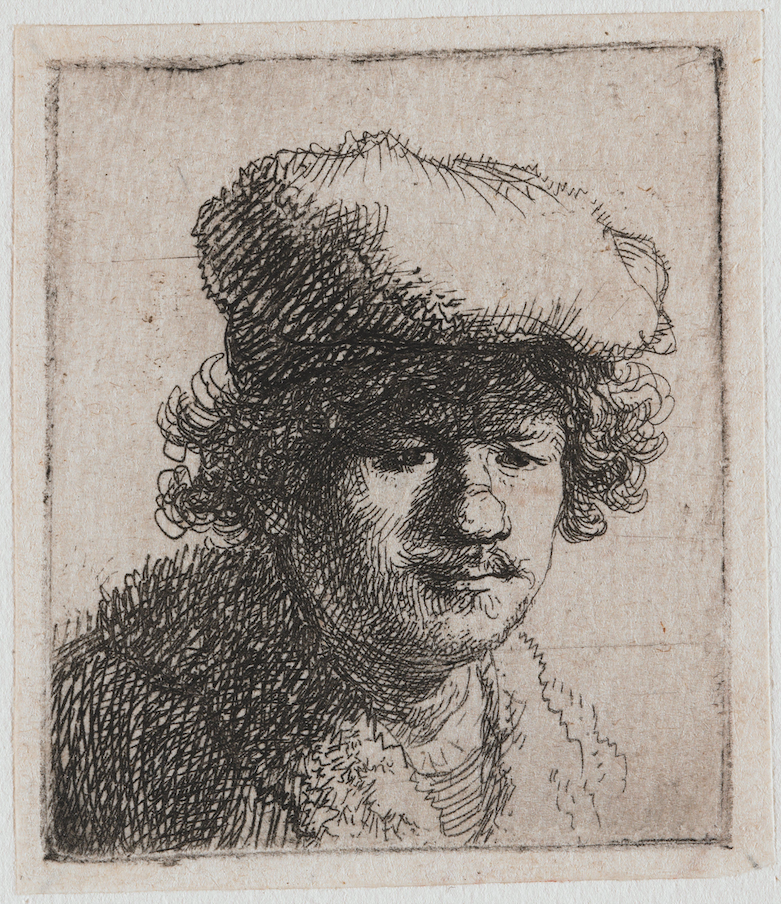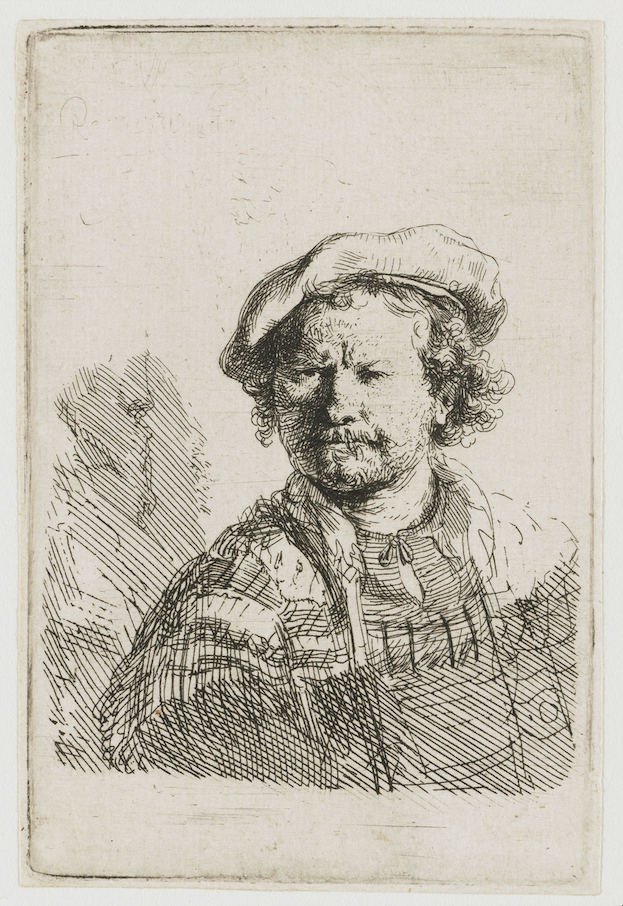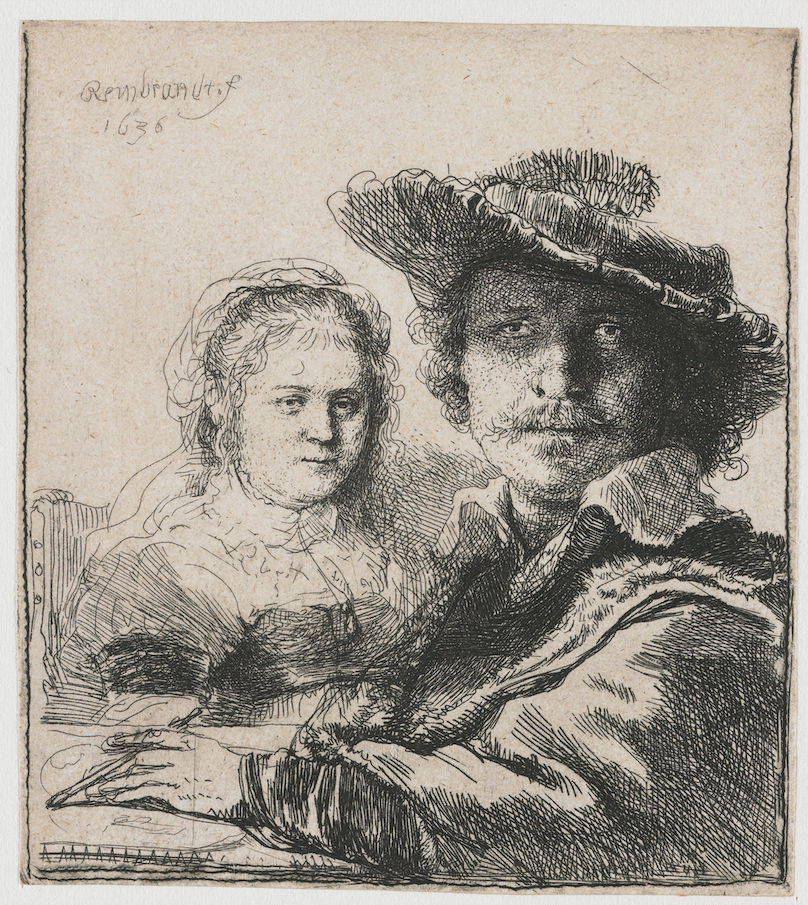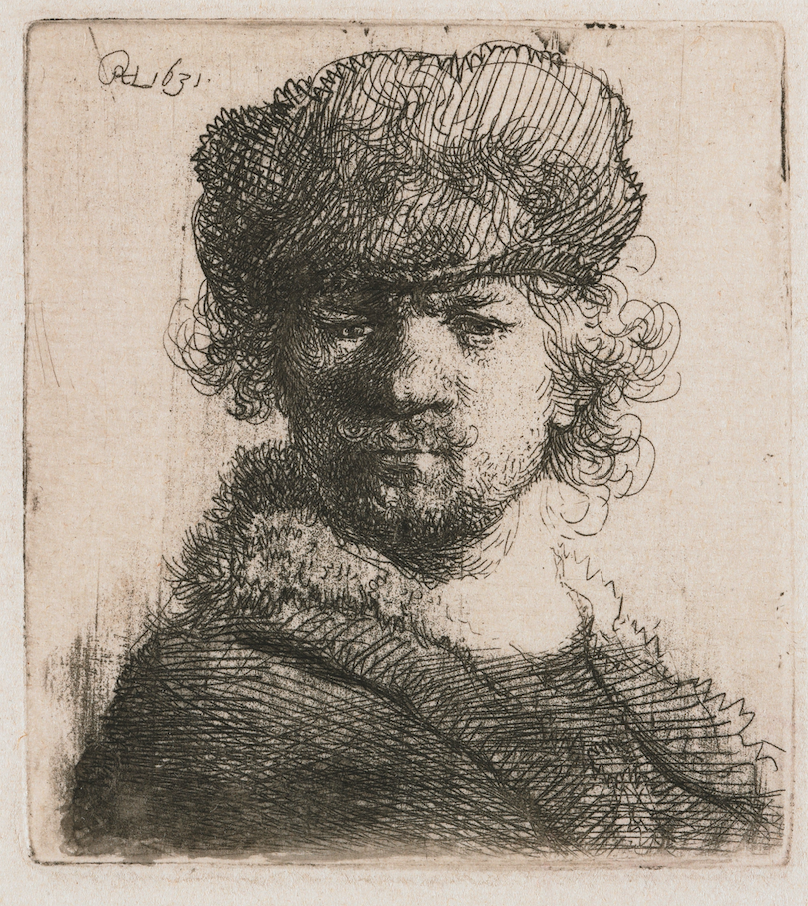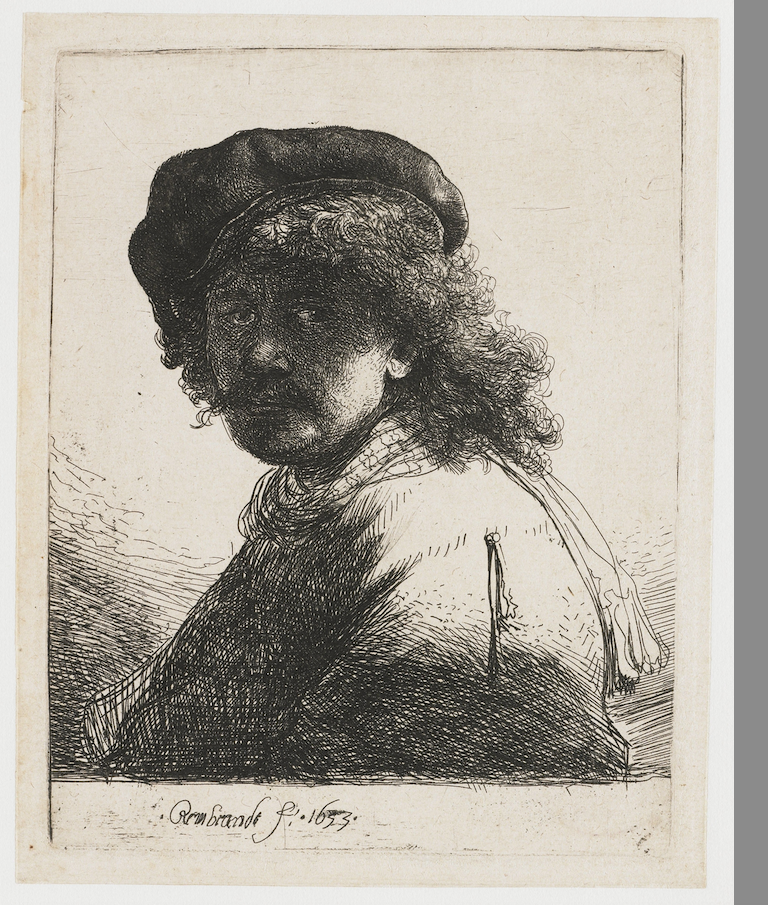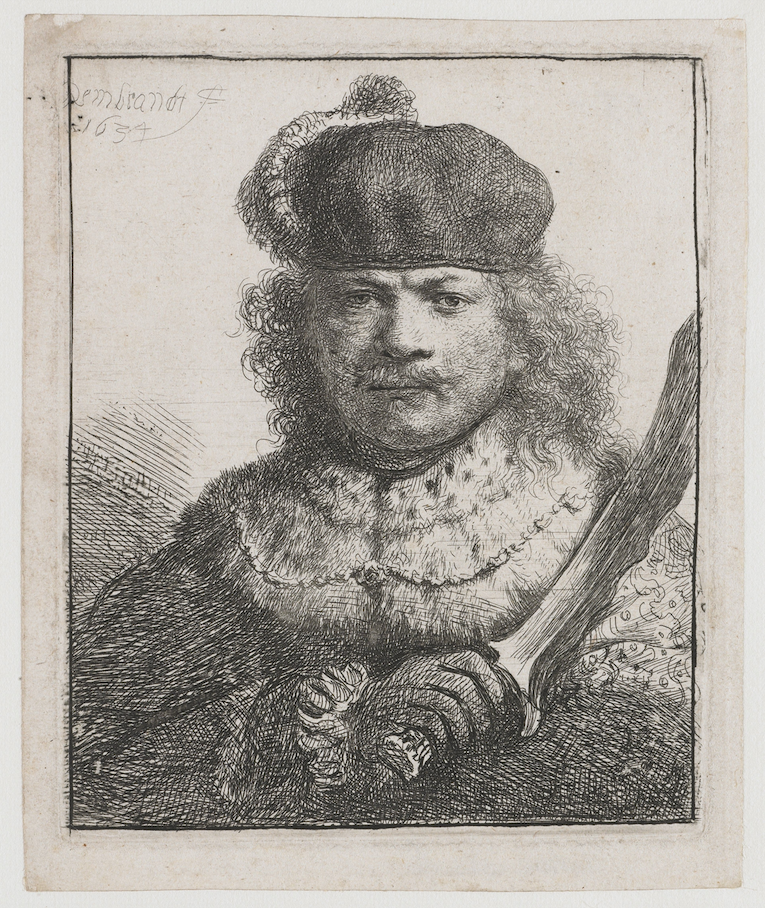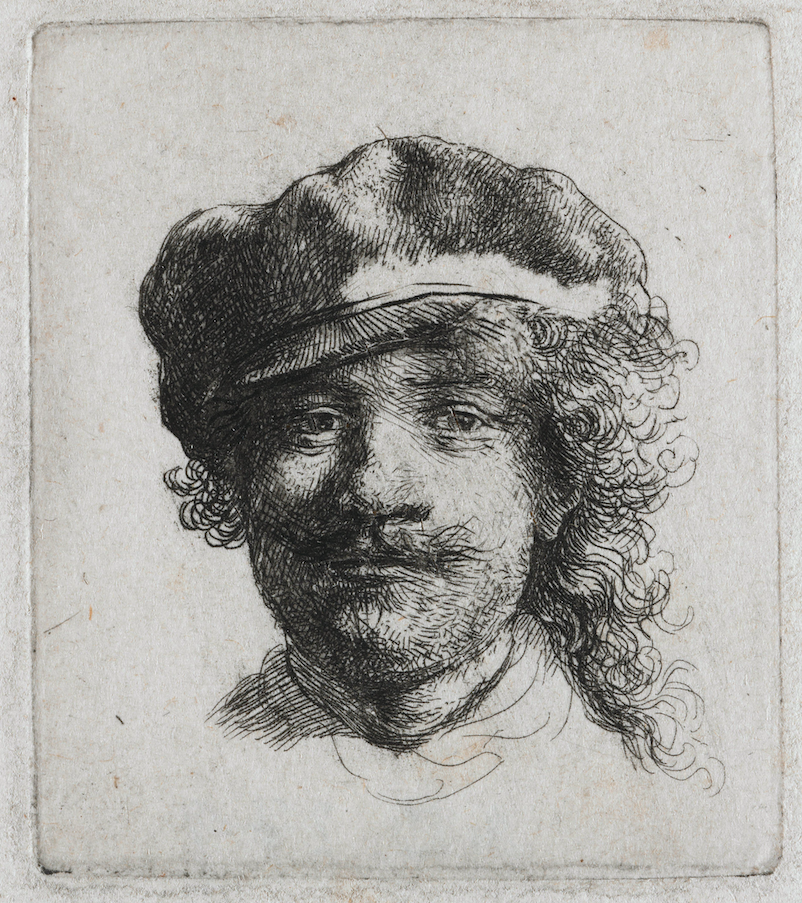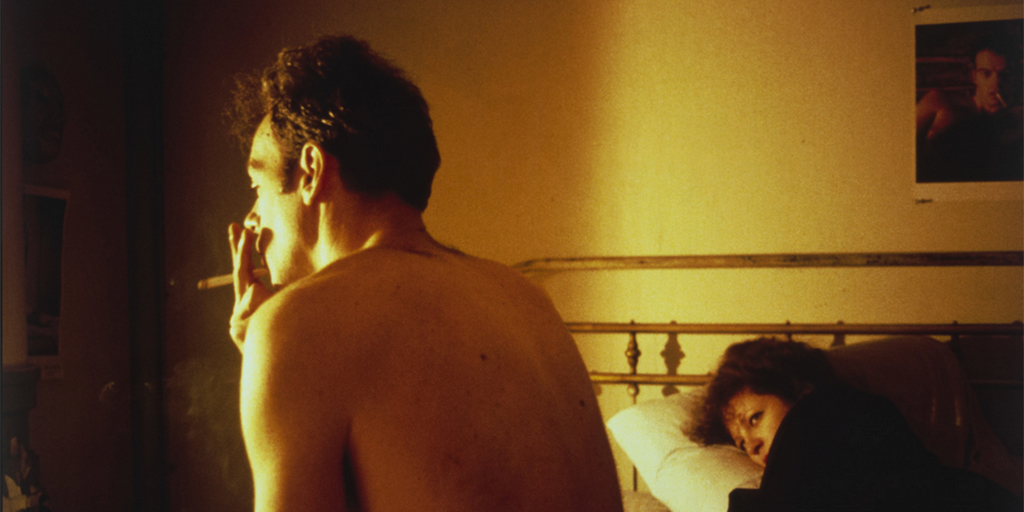
In occasione dell’uscita del film di Nan Goldin All the beauty and the bloodshed, propongo questi disegni realizzati durante la proiezione alla Philarmonie de Paris nel 2015, con le musiche dei Tiger Lillies.

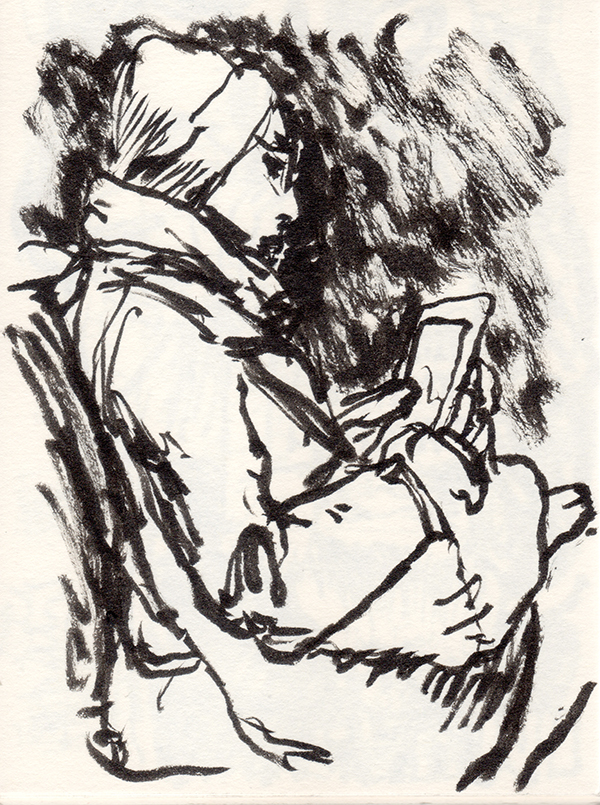
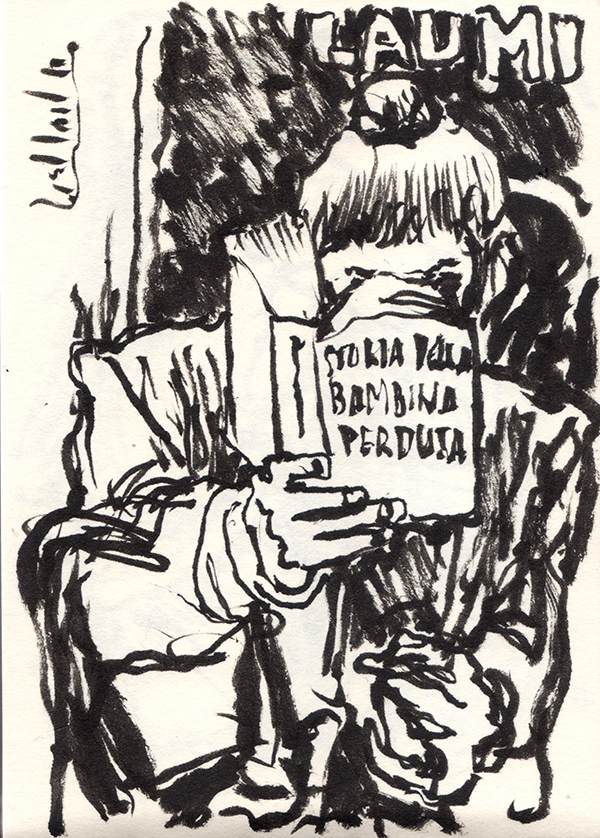
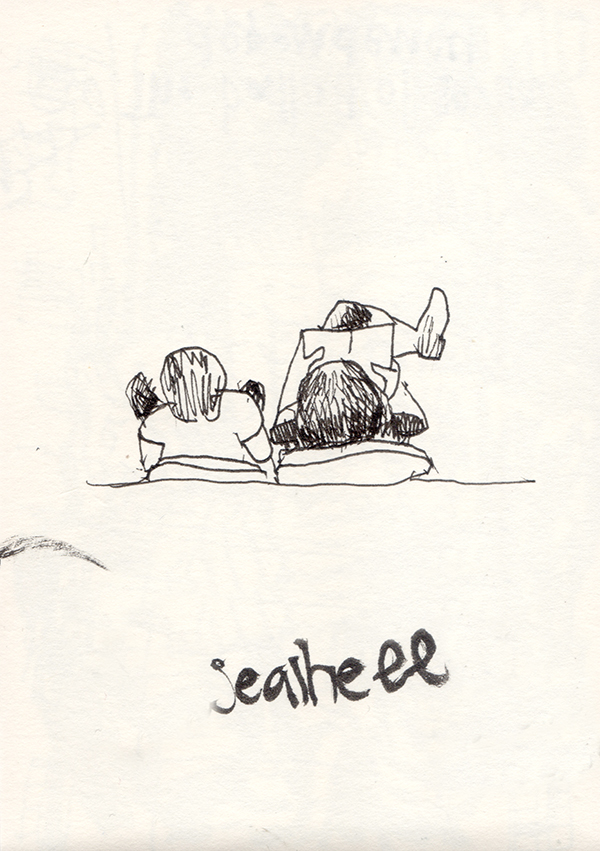

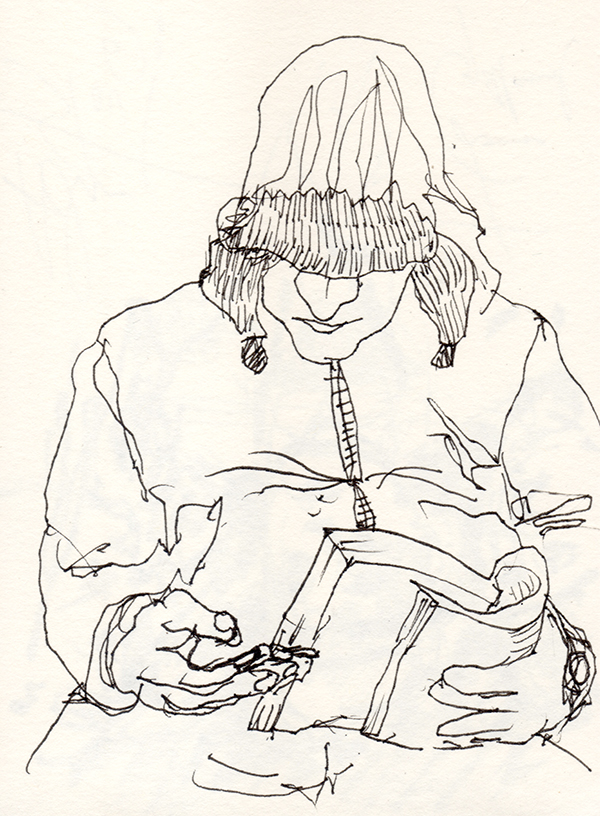

Drawings on Sketchbook
Pen and Ink
2015
“The Ballad of Sexual Dependency, realizzata tra il 1979 e il 1986, è una delle prime serie fotografiche di Nan Goldin, ma rimane ancora oggi, e a ragione, la più nota di tutte le sue opere. La proiezione di diapositive su un grande schermo è accompagnata dai Tiger Lillies. Trio musicale londinese, sono cupi, provocatori e blasfemi, fanno eco con la loro ispirazione brechtiana che si adatta perfettamente alle immagini. The Ballad of Sexual Dependency è un capolavoro, un’autentica cronaca dei tempi moderni.”*
Comprising almost 700 snapshot-like portraits sequenced against an evocative music soundtrack, Nan Goldin’s The Ballad of Sexual Dependency is a deeply personal narrative, formed out of the artist’s own experiences around Boston, New York, Berlin, and elsewhere in the late 1970s, 1980s, and beyond. Titled after a song in Bertolt Brecht and Kurt Weill’s The Threepenny Opera, Goldin’s Ballad is itself a kind of downtown opera; its protagonists—including the artist herself—are captured in intimate moments of love and loss. They experience ecstasy and pain through sex and drug use; they revel at dance clubs and bond with their children at home; and they suffer from domestic violence and the ravages of AIDS. “The Ballad of Sexual Dependency is the diary I let people read,” Goldin wrote. “The diary is my form of control over my life. It allows me to obsessively record every detail. It enables me to remember.”**
Nan Goldin, fotografia
The Tiger Lillies
Martyn Jacques, Adrian Stout, Jonas Golland
* Source: Philharmonie de Paris
https://philharmoniedeparis.fr/fr/activite/spectacle/16677-nan-goldin-tiger-lillies
** Source: https://www.moma.org/calendar/exhibitions/1651?

